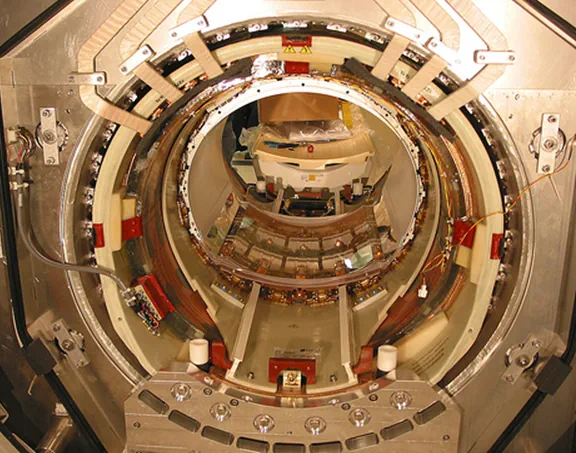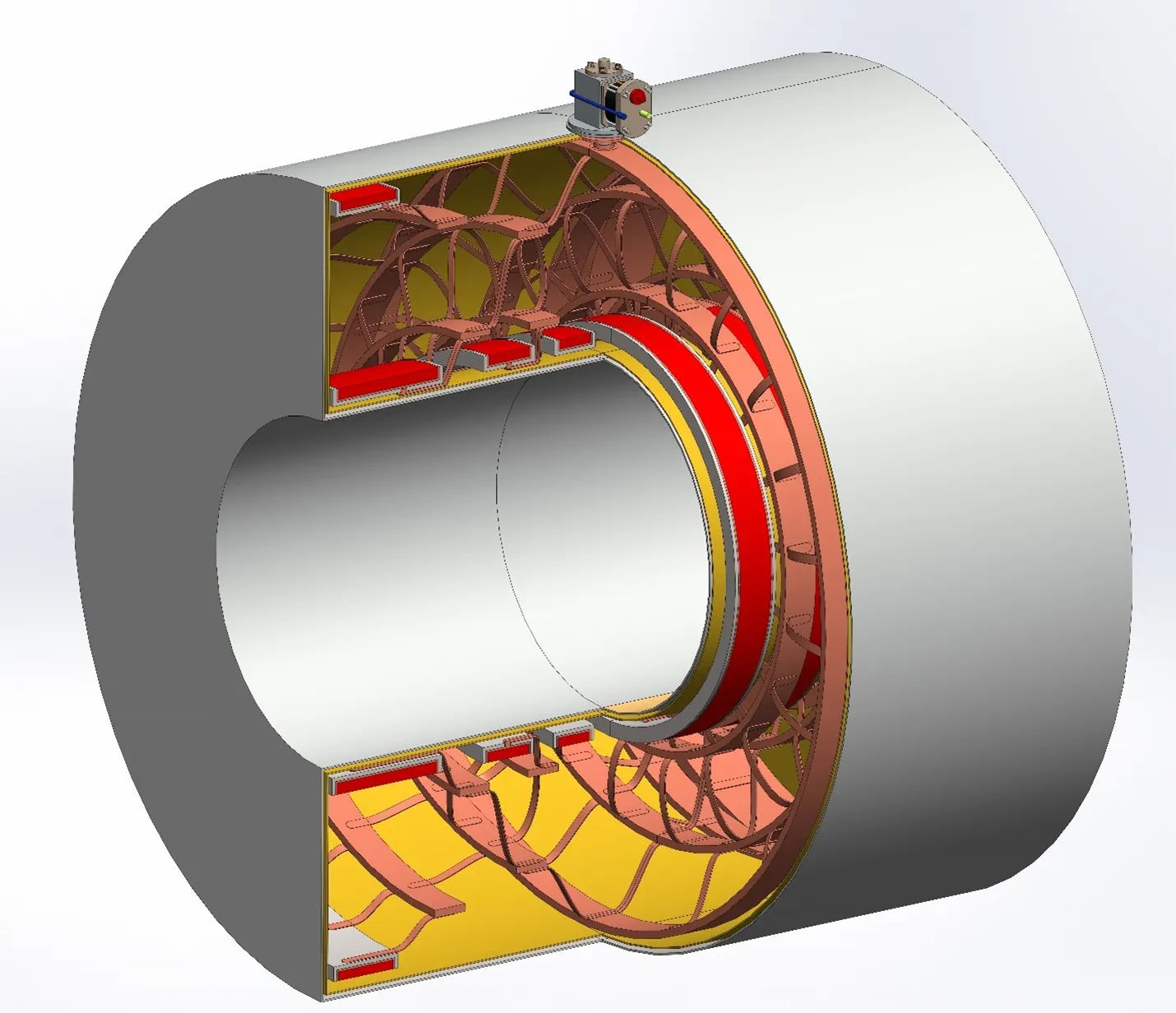Medical Applications
Enabling Smaller, Less Expensive, LHe-Free MRI Systems and NMR Spectroscopy
Advanced Superconductors for MRI and NMR
The resolution of the imaging technique in medical devices depends on the magnitude of magnetic field gradient. Efforts were made to develop increased field strength, often using superconductors.
Most common full body clinical MRI systems in use today use niobium titanium (NbTi), a metal superconductor, and require LHe (liquid helium) bath cooling, which results in large, high-cost systems.
Market Demands and Challenges
The current MRI market growth is driven by three factors:
- the requirement for having a more open structure
- the use of smaller and less complicated systems
- the need to lower the cost of MRI diagnoses to the patient (and the insurance carrier)
The price of LHe has been steadily increasing for many years now due to material shortages and growth in the demand of LHe cooled MRI systems.
Solutions
These factors can be satisfied by building and supplying smaller, less complicated (liquid helium free), lower cost superconducting MRI systems. This requires magnets that can operate at higher temperatures (higher than 4.2 Kelvin) and can be cooled conductively with a cryocooler and small refrigerator instead of convectively in a large liquid helium container and an attached re-condensing refrigerator.
MgB2 for Accessible MRI
MgB2 superconducting wire will function in the 20 to 30 Kelvin temperature range and can be supplied at an overall wire cost similar to that of NbTi wire, which operates at 4 Kelvin or lower. Also, MgB2 can be supplied at one-tenth the cost of ceramic high-temperature superconductors (YBCO and BSCCO).
The combination of lower wire price, higher operating temperature, and lower cooling costs will enable MRI manufacturers to build systems that:
- require no liquid helium to directly cool the magnet
- offer more open access systems to meet market needs
- have lower initial system costs and operating costs
Nb3Sn for High-Field MRI
Hyper Tech’s Nb3Sn is suitable for higher field MRI magnets with main magnetic field strengths in the 7-17 T region, for both head and full body MRI systems. Our APC Nb3Sn performance with its significant current density margin at 10 T can enable large conduction cooled MRI magnets and eliminate liquid He bath cooling for high field MRI systems.
Nb3Sn for NMR Spectroscopy
Nuclear Magnetic Resonance (NMR) spectroscopy is an analytical chemistry technique used in quality control and research for conducting quantitative analytical investigations into molecular structure and the progress of chemical reactions. NMR spectroscopy requires the highest magnetic fields with ultimate spatial homogeneity and temporal stability.
Hyper Tech’s high Jc Nb3Sn wire is suitable for NMR systems based on high field Nb3Sn magnets.
Advanced Superconductors for MRI and NMR

- the requirement for having a more open structure
- the use of smaller and less complicated systems
- the need to lower the cost of MRI diagnoses to the patient (and the insurance carrier)

These factors can be satisfied by building and supplying smaller, less complicated (liquid helium free), lower cost superconducting MRI systems. This requires magnets that can operate at higher temperatures (higher than 4.2 Kelvin) and can be cooled conductively with a cryocooler and small refrigerator instead of convectively in a large liquid helium container and an attached re-condensing refrigerator.
- require no liquid helium to directly cool the magnet
- offer more open access systems to meet market needs
- have lower initial system costs and operating costs
Nuclear Magnetic Resonance (NMR) spectroscopy is an analytical chemistry technique used in quality control and research for conducting quantitative analytical investigations into molecular structure and the progress of chemical reactions. NMR spectroscopy requires the highest magnetic fields with ultimate spatial homogeneity and temporal stability.
Hyper Tech’s high Jc Nb3Sn wire is suitable for NMR systems based on high field Nb3Sn magnets.